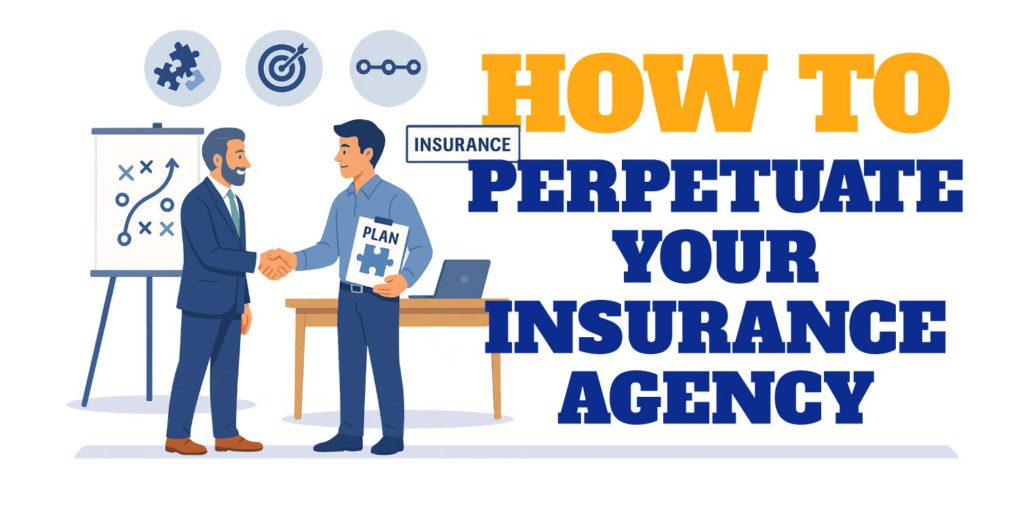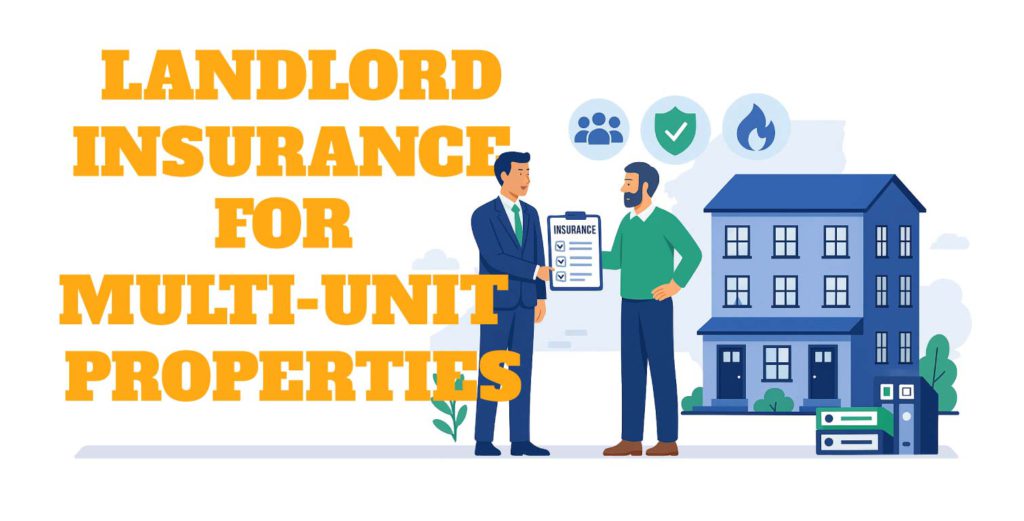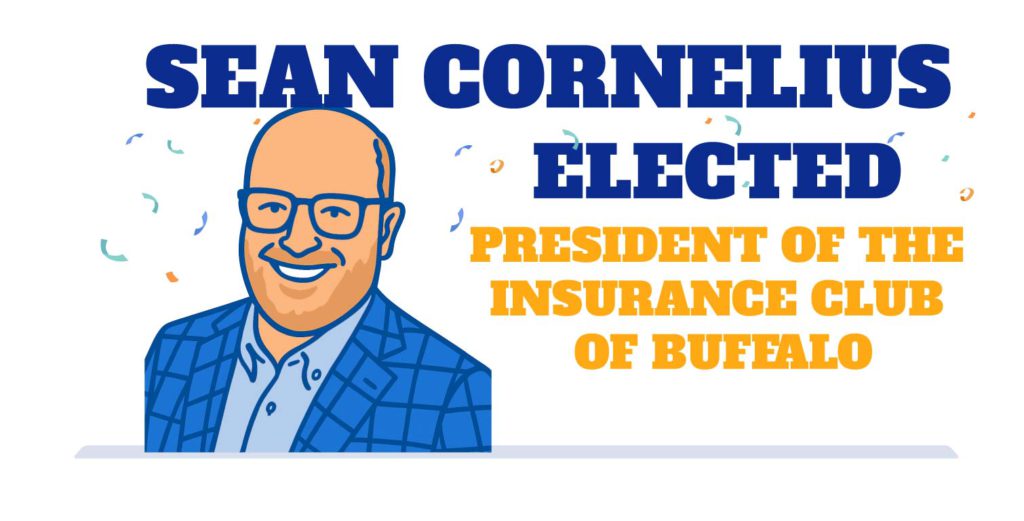Commercial real estate investors need to stay agile, responding promptly to emerging trends in the market. Three pivotal trends have been transforming the sector, making it essential for stakeholders to align their investment—and insurance—strategies accordingly. At Weed Ross, we don’t like to boast, but we have a deep well of knowledge, and have been actively monitoring these shifts to guide investors through the insurance implications linked with these trends. In this piece, we’ll delve into:
In this article, we’ll cover:
- The Unstoppable Momentum of E-Commerce
- Sustainability: More Than a Trend, A Commitment
- The Remote Work Revolution and Its Ripple Effect
The Unstoppable Momentum of E-Commerce
The explosive growth of e-commerce isn’t slowing down. With consumers rapidly shifting towards online shopping, there is an increased demand for logistics centers, warehouses, and distribution facilities. This change has led investors to pivot from traditional retail spaces towards investing in industrial properties. The risks and considerations for these types of properties differ significantly from traditional retail spaces, making it vital to understand their unique insurance needs.
The boom in e-commerce profoundly influences real estate investment insurance:
- Increased Industrial Space Demand: Online shopping growth necessitates more warehouses and distribution centers. These spaces have unique risks and liabilities, requiring specific insurance considerations.
- Liability Coverage: With more on-site activities, there’s a higher potential for accidents. Comprehensive general liability coverage is vital for legal and medical costs resulting from injuries or damages.
- Property Insurance Needs: Varied inventory values and specialized equipment in warehouses need adequate property insurance for protection against theft, fire, or other perils.
- Business Interruption Insurance: For income loss during operational downtime due to unforeseen events, this insurance is essential.
- Cyber Liability: Given the reliance on technology, protection against losses from cyber threats is crucial.
- Location-Specific Risks: Different regions present various risks, from natural disasters to theft, affecting insurance considerations.
- Cargo Insurance: With constant goods movement, insurance covering products in transit is often necessary.
- Fluctuating Property Values: High demand for industrial spaces means changing property values. Regular reassessments and insurance adjustments are needed to avoid underinsurance.
Sustainability: More Than a Trend, A Commitment
Green building practices and sustainability are becoming integral in real estate investment. Investors are increasingly drawn towards properties that adhere to sustainability standards, not just for ethical reasons, but because they represent sound investments. Sustainable buildings typically have lower operational costs due to energy efficiency, making them attractive to potential tenants and investors alike. As sustainable practices continue to gain traction, understanding how these factors influence property value and insurance considerations is crucial for investors.
This sustainability trend impacts how we look at real estate investment insurance in a few different ways:
- Lower Risk Profile: Sustainable properties often present a lower risk profile due to resilient construction materials and energy-efficient systems, which can lead to more favorable insurance premiums.
- Energy Efficiency Benefits: Insurance providers may offer discounts or incentives for properties with energy-efficient certifications, as these typically experience fewer losses and claims related to energy usage.
- Improved Property Value: Sustainable buildings often have higher property values and attract long-term tenants. This stability and reduced vacancy risk can be reflected positively in insurance terms and premiums.
- Climate Risk Mitigation: Properties incorporating sustainable design are usually better prepared for extreme weather events, reducing potential claims related to climate-induced damages, and can sometimes qualify for special insurance products or discounts.
- Liability Reduction: Green buildings minimize environmental impact, reducing the likelihood of environmental liability claims.
- Investment in Renewable Energy: Investing in renewable energy systems may necessitate specific insurance products to cover the unique risks associated with these technologies.
- Continuous Update Requirement: As sustainability standards evolve, property owners must continually upgrade their facilities, which also requires regular insurance policy reviews and updates to ensure adequate coverage.
The Remote Work Revolution and Its Ripple Effect
The rise of remote work is reshaping the commercial real estate market. With more businesses adopting flexible work policies, there’s a declining demand for traditional office spaces. Instead, we’re seeing a surge in demand for flexible, co-working spaces that cater to this new workforce’s needs. These changes have implications for commercial real estate investment and insurance, requiring investors to adapt their strategies to navigate this evolving landscape.
With a surge in remote work culture, real estate investment insurance policies must be flexible to accommodate a variety of factors:
- Reduced Demand for Office Spaces: With more people working remotely, the demand for traditional office spaces is decreasing. This shift alters the insurance landscape, with insurers needing to adjust their products and services to accommodate changes in property usage and occupancy levels.
- Flexible Workspace Boom: There’s a growing demand for flexible, co-working spaces. These spaces have unique insurance needs due to shared usage, requiring coverage that addresses various risks, such as theft, property damage, or liability issues that can arise in communal working environments.
- Increased Home Office Claims: As more individuals work from home, there may be an uptick in home office-related insurance claims. Real estate investors who rent out properties might need to consider additional coverage options to protect against these potential risks.
- Vacancy Concerns: Extended vacancy periods in commercial properties due to remote work trends can impact insurance policies, as vacant properties often face higher risks and might require specialized insurance.
- Property Repurposing: Some office buildings are being converted into residential or mixed-use properties due to decreased demand for office space. Such repurposing requires a reassessment of insurance needs, as different property types have varying risk profiles and insurance requirements.
- Valuation Fluctuations: The value of commercial properties, especially office buildings, might fluctuate due to changing demand, affecting the amount of insurance coverage needed.
Interested in protecting your real estate investment portfolio amongst these emerging trends? Give the experts at Weed Ross a call. We’re sort of sitting around waiting to hear from you, honestly.


